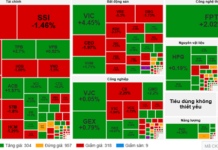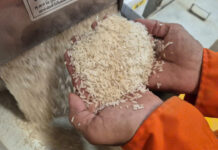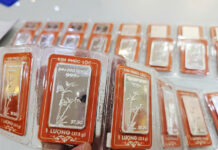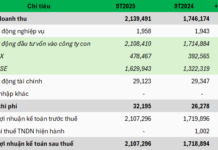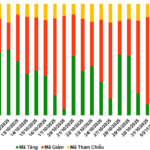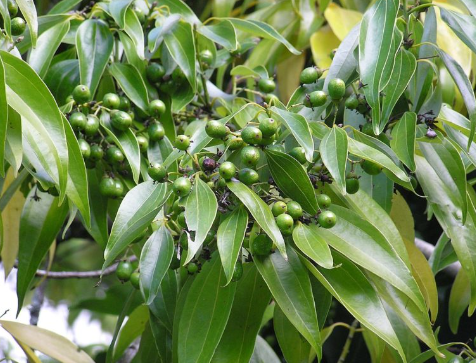
Illustrative Image
According to preliminary statistics from the Vietnam Pepper and Spice Association (VPSA), in September 2025, Vietnam exported 7,433 tons of cinnamon, generating a revenue of $17.9 million. Compared to August, the export volume decreased by 19.5%, and revenue dropped by 22.1%. However, when compared to the same period in 2024, Vietnam’s cinnamon exports still recorded a 15.6% increase in volume and a 3.7% rise in value.
From the beginning of the year to the end of September 2025, Vietnam’s total cinnamon exports reached 90,478 tons, with a revenue of $228.3 million. This represents a 30.5% increase in volume and a 17.5% increase in value compared to the same period last year, indicating that international demand for Vietnamese cinnamon remains stable despite short-term fluctuations in September.
Among exporting companies, Prosi continues to lead with a 15.2% market share, corresponding to 13,763 tons of cinnamon exported in the first nine months. This company is considered the industry leader, significantly contributing to Vietnam’s spice export growth.
Conversely, China—one of Vietnam’s main competitors—also recorded an increase in exports. According to the International Trade Centre (ITC), in August 2025, China exported 5,365 tons of cinnamon, a 28.2% increase from the previous month. China’s primary export markets for cinnamon include Pakistan (1,101 tons), the U.A.E (657 tons), and Iran (637 tons).
This trend highlights the intensifying competition in the global cinnamon market, as both Vietnam and China ramp up production and expand their distribution networks. With global demand showing signs of recovery, Vietnam’s cinnamon industry is expected to maintain its growth momentum, aiming for sustainable export targets in the final months of the year.
Vietnam is currently among the world’s top three cinnamon producers and exporters, alongside Indonesia and China. According to the Ministry of Agriculture and Rural Development, the country has approximately 170,000–180,000 hectares of cinnamon cultivation, primarily in Yen Bai, Quang Nam, Quang Ngai, Lao Cai, and Thanh Hoa provinces. Yen Bai is regarded as Vietnam’s “cinnamon capital,” with over 50,000 hectares, contributing more than 30% of the national output.
Cinnamon is not only a primary income source for tens of thousands of mountainous households but also a high-value export product. The cinnamon bark is widely used in food processing, pharmaceuticals, cosmetics, and natural fragrances, while cinnamon essential oil, rich in cinnamaldehyde, is highly sought after in premium pharmaceuticals and fragrances.
Additionally, cinnamon trunks and branches are utilized to produce handicrafts and bio-pellets, minimizing resource waste.
In recent years, the global trend toward green consumption and organic products has opened significant opportunities for Vietnam’s cinnamon industry. Many cultivation areas have obtained international organic certifications (Organic EU, USDA Organic), enhancing export value and expanding markets to the U.S., EU, Japan, and South Korea.
With its superior essential oil quality, distinct spiciness, and aroma, Vietnamese cinnamon is gradually establishing its unique position in the global spice market.
Moving forward, by integrating sustainable development, deep processing, and regional branding, cinnamon has the potential to become one of Vietnam’s billion-dollar agricultural export commodities.


